Bike trip around Provence
When we think of Provence, we imagine pictures of light lilac-colored flower fields and the wonderful aroma of lavender. But there’s much more to this region in the southeast of France. You can visit Ancient Roman ruins, medieval castles, picturesque villages, famous vineyards, and amazing restaurants.
The region’s capital, Aix en Provence, is one of the country’s oldest cities. The Alps border the north of Provence and the south meets the Mediterranean Sea.
You have to visit more than one city to properly appreciate this part of France. We recommend a slightly extravagant travel method that isn’t devoid of glamor: a bike. It’s inexpensive to rent a bike, and you’ll enjoy the health benefits. The 360-km route is designed for a week, starting and ending in Marseille. You’ll need to register on the website for a rental as well as pay the deposit and bike rental fees.
Day 1: Marseille
This city has an unusual atmosphere. The old port always has fishermen, spice stands and smells of the sea breeze. It’s the heart of Marseille, highlighting the active coastal life of the city’s inhabitants.
You’ll find the Chateau d’If here—you may recognize it as the place that the hero in Alexandre Dumas’s novel escaped from. It was designed as a coastal fort, but at the end of the 16th century until the 19th century it was used as a prison for especially dangerous criminals.
Marseilles’ most impressive tourist destination is the Notre Dame de la Garde. It was built in the 19th century on the foundation of an old fort. You can see everything around you as if it were on the palm of your hand. The locals think of the church as the city’s protector and tenderly call it “good mother.”
» See more – What can I see in Marseille in one day?
Day 2: Salon de Provence, Arles, Camargue reserve
Salon de Provence has one of the largest castles in the area, the Chateau de l’Emperi, which was built in the 9th century. It’s now home to a war museum. Michel de Nostredame, more famous as Nostradamus, spent the last 20 years of his life in this city and wrote “the Centuries” here. The seer’s home is now a museum.
You won’t have trouble finding a place to stay. One good option is the Abbaye de Sainte Croix. As its name implies, this hotel is in a 12th century abbey. The monastic cells were turned into simple hotel rooms, with arched ceilings and excellent views out of the windows.
Arles is the city that won over Vincent Van Gogh and characterizes his most prolific period. You’ll feel closer to his art or even be inspired yourself.
There are many Roman Imperial monuments preserved here, and several of them are protected by UNESCO. Arles’s amphitheater is more than 2000 years old. At one point it had gladiator fights, and now it has plays. The Alyscamps, a Roman necropolis remaining from the empire, was mentioned by Dante in his “Divine Comedy.”
You can also see some monuments of Christian architecture. The Church of St Trophime on Republic square was built in the 12th century and has been well preserved. It is a special place to see because it’s home to three early-Christian sarcophagi.
The Camargue reserve is a few kilometers from Arles. It’s a wetland with brine lagoons and sandbars where the unique Camargue horses graze. The breed is special because the foals are born with dark hair that becomes lighter as they grow, until it’s snow-white. Camargue also has black bulls that are raised to fight in the corrida, but the main sight here is the pink flamingos.
» READ MORE – 10 BEST CITIES TO VISIT IN PROVENCE
Day 3: Avignon
Avignon is a city on the left bank of the Rhone. This old, magnificent place is full of buildings from various times.
One famous destination here is Avignon Bridge. According to legend, young Benezet heard the voice of God and received a command to build a bridge in Avignon. The bridge gets its name of Saint-Benezet from this boy who became famous. Now, only 4 of the 22 arches remain and they’re under UNESCO protection.
The papal palace is a unique medieval Gothic monument. This is where His Holiness lived in the 14th century. There was a conflict in the Catholic church with the monarchs in power, and Clement V decided that it would be more peaceful in Avignon than in Rome. After a while, the previous arrangement was resumed, but the palace remains and continues to delight tourists.
The fortress walls were built in the 13th-14th centuries to replace the destroyed Roman Imperial walls. They’re 3 meters thick and more than 4 km long which makes them the longest in Europe.
Day 4: Orange and Carpentras
Orange was founded by the Gauls and called Arausio. You can see the amphitheater, which is considered the most well-preserved historical monument in the world, or enjoy the Arc of Triumph that was built in honor of Julius Caesar’s conquests today.
Carpentras was praised for its trade, even in the 5th century BC, and the Arc of Triumph from that time remains as part of the city gate. Many French Jews fled here in the 13th century when they were expelled by King Philippe IV. Now the city is famous for its weekly truffle market. Merchants come here every Friday to trade them.
Day 5: Gordes, Oppede le Vieux, Roussillon
Gordes is a town in the Vaucluse mountains. It’ll take you half a day to walk around. Don’t forget to see the chapel and fountain. The Senanque abbey is just a few kilometers away. One of the most famous lavender fields in the country is located near its walls. You’ll have the chance to take some lovely photos.
Oppede le Vieux is a ghost town that’s almost completely overtaken by vegetation. It’s a small village with some provincial architecture preserved. French vineyards stretch several kilometers around the village. You can enjoy the ruins of the castle and 12th century church, or follow the stone paths and enjoy the untouched beauty of the nature that’s taken over. Over the last decade, local enthusiasts have been trying to bring the village back to life, but to no avail.
Roussillon is officially on the list of France’s most beautiful villages. The multi-colored buildings are cute and unusual. But the paths through the valley surrounded by cliffs are much more interesting. There are two paths. The first will take you 30 minutes and the other an hour to walk. For 200 years starting in the 18th century, ochre was dug up here. Though it’s no longer gathered here, the place is still astounding with its amazing mix of red, yellow, and orange colors.
Day 6: Lacoste, Bonnieux, Lourmarin
The main tourist sights in Lacoste are the medieval streets and the castle of the Marquis de Sada, or at least its ruins. The marquis spent many years in the castle out of fear for his literary practice because of his scared nature. You can see modern sculptures in the ruins’ background that belong to the owner.
Bonnieux has a somber appearance, with 4-meter tall fortress walls and narrow streets that seem dark and unwelcoming. But it still has charm and there’s plenty to see. At the top of the hill, where the village is, there is an excellent view of the surroundings and neighboring towns.
Lourmarin is a sleepy town surrounded by vineyards and olive groves. Due to its quiet, humble existence, this area was loved by writers. Lourmarin has 11 restaurants that all serve Provencal dishes. If you love the works of Albert Camus and Henri Bosco, you can visit their graves in the city cemetery.
Day 7: Aix en Provence and returning to Marseille
You could say that Aix en Provence is the epicenter of the cultural and historical heritage of Provence. Many artists fell in love with the city and were inspired by their lives here to feature it in their creations. Some such people are the writers Emile Zola and Stendhal as well as the artist Paul Cezanne.
The most popular place to take a walk is the Mirabeau boulevard, named in honor of one of the Great French Revolution’s leaders. The Cathedral of the Holy Savior was built in place of an Ancient Roman temple to Apollo. Saint Mitre’s relics are stored there, along with The Burning Bush Triptych dating to the 15th century.
You can walk around the gorgeous streets in the old part of the city, eat lunch in a restaurant and get some nice souvenirs.
You can learn more about Aix en Provence by going on an interesting guided city tour. You can book one here.
Provence is an unbelievably beautiful part of France. You can do anything here, from studying archeological monuments to enjoying beautiful views.
Have a great vacation!

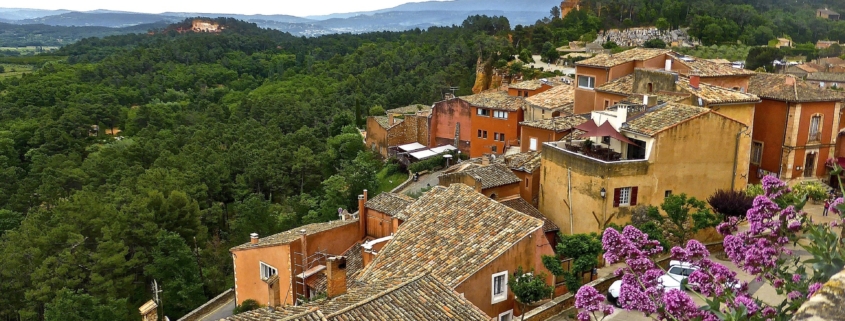
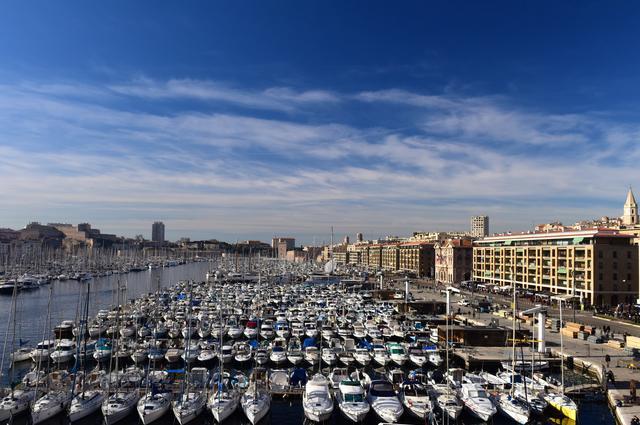
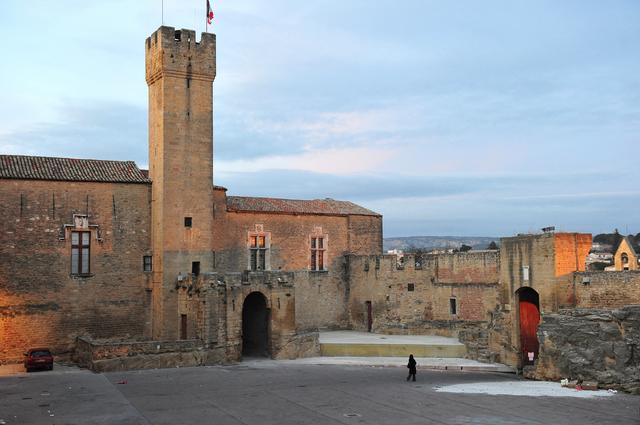
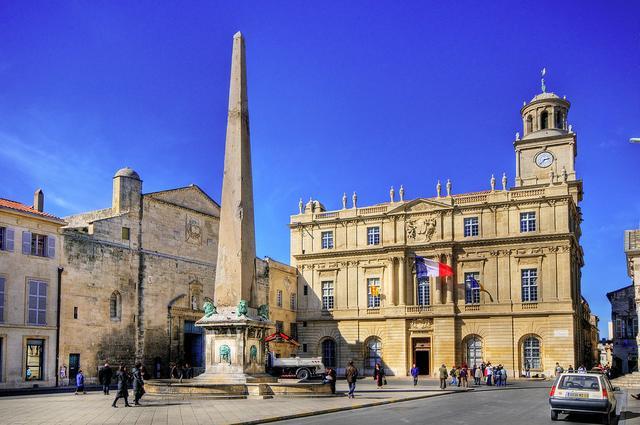

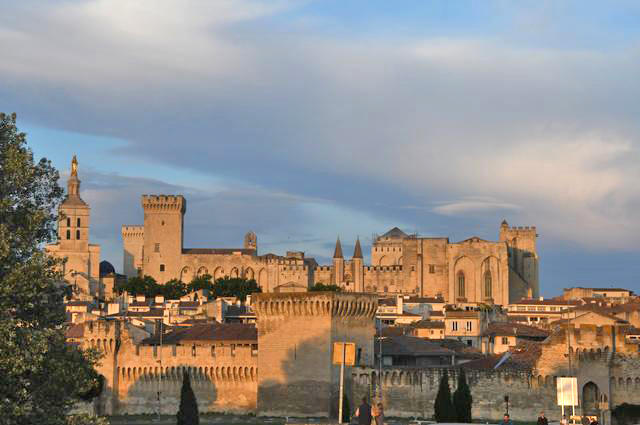
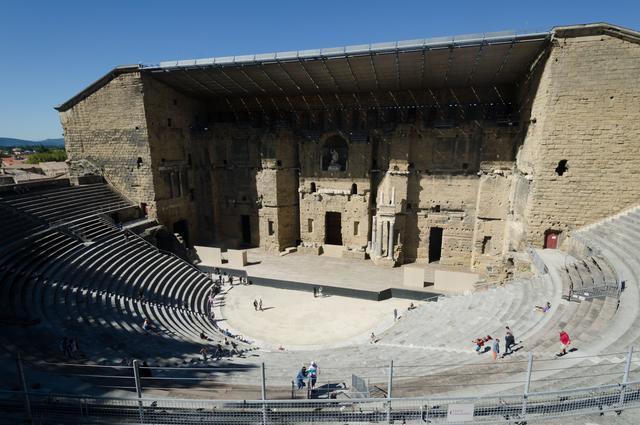
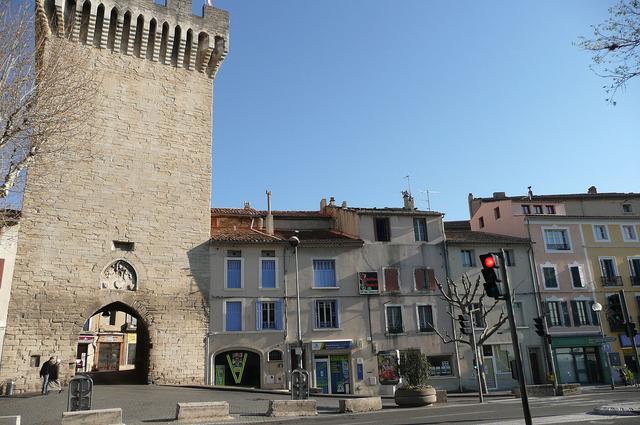
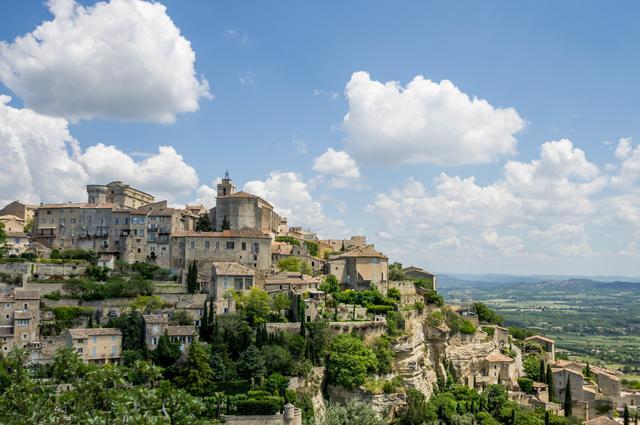
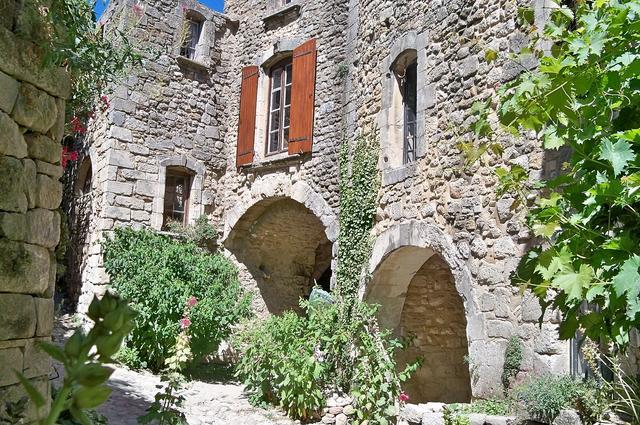
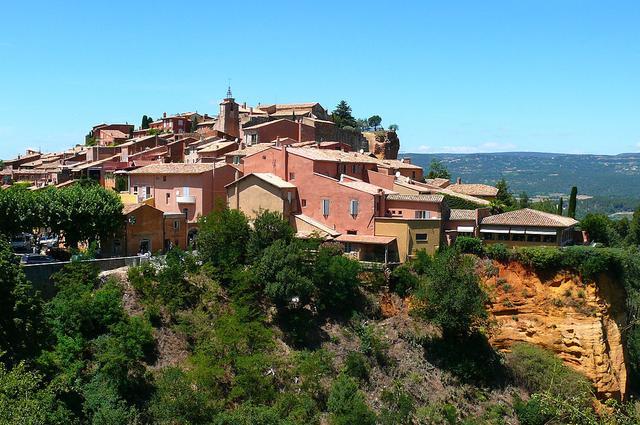
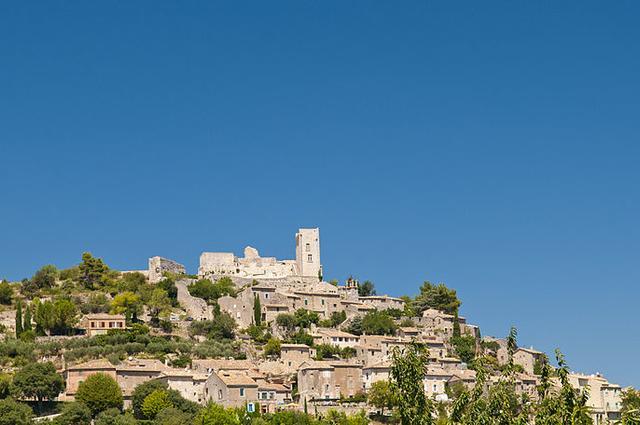
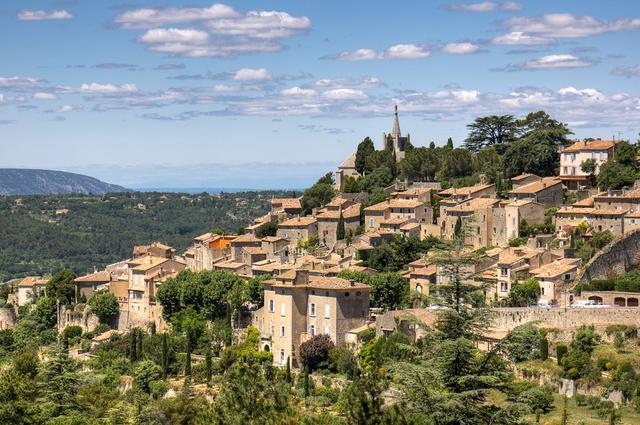
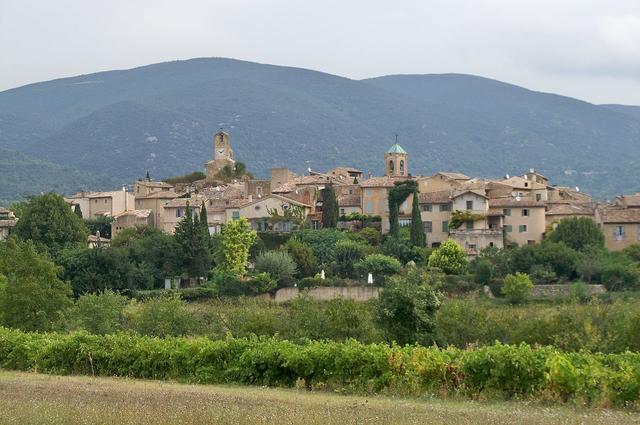
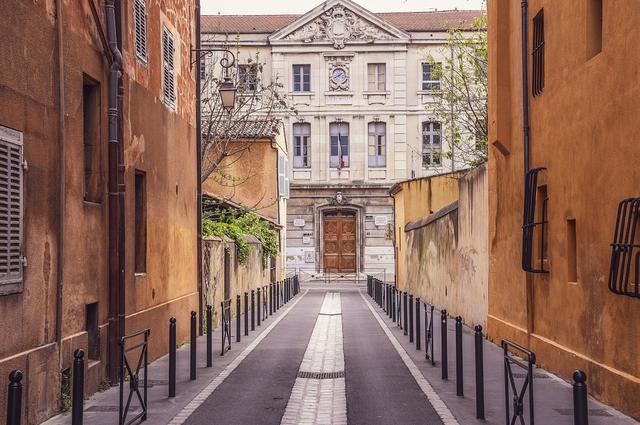
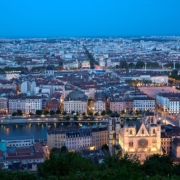
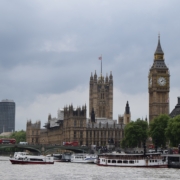
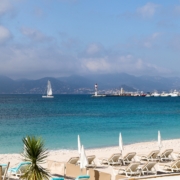

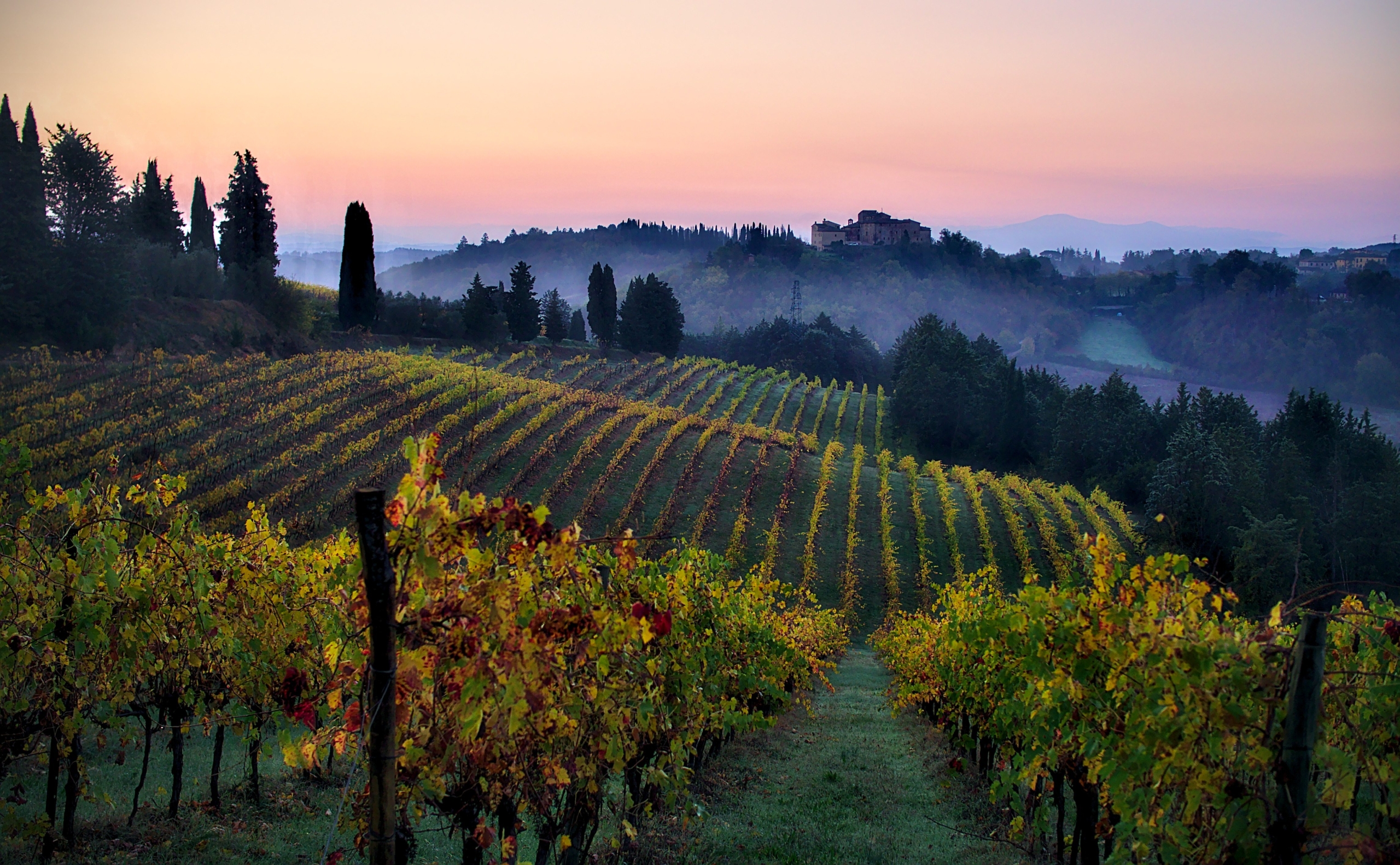
 jackmac34 / pixabay.com
jackmac34 / pixabay.com 
 Jonathan Ybema / Unsplash
Jonathan Ybema / Unsplash
Leave a Reply
Want to join the discussion?Feel free to contribute!